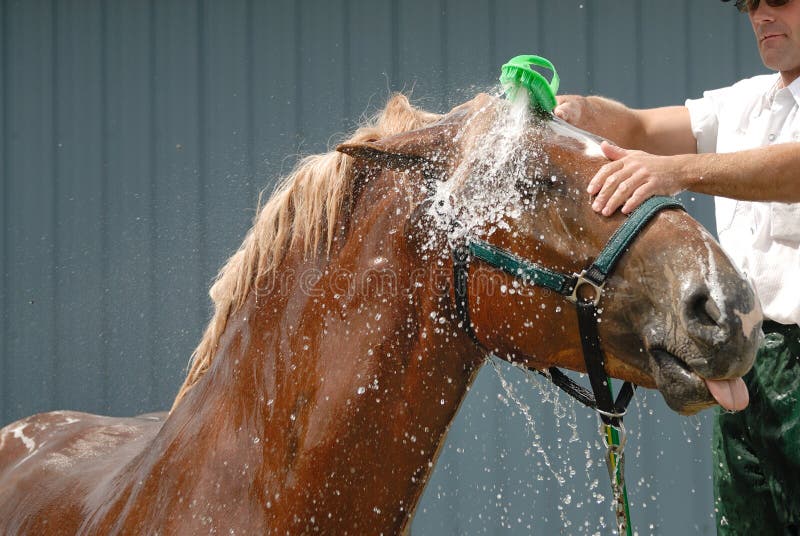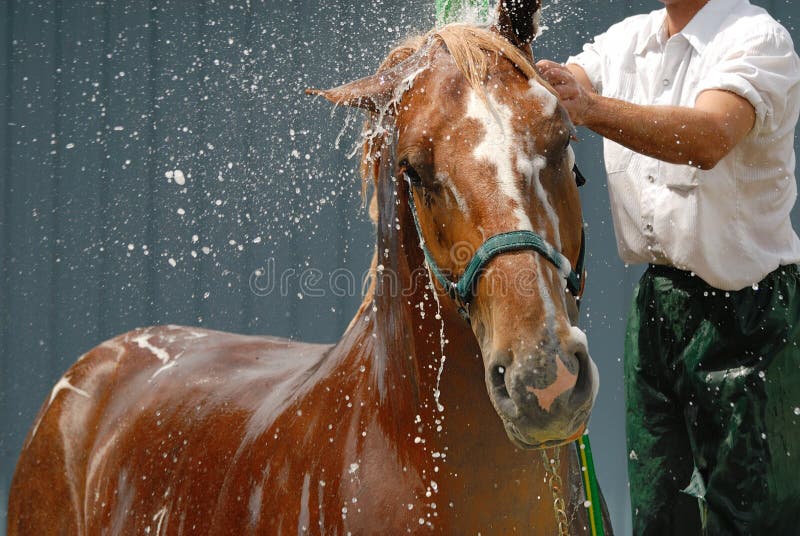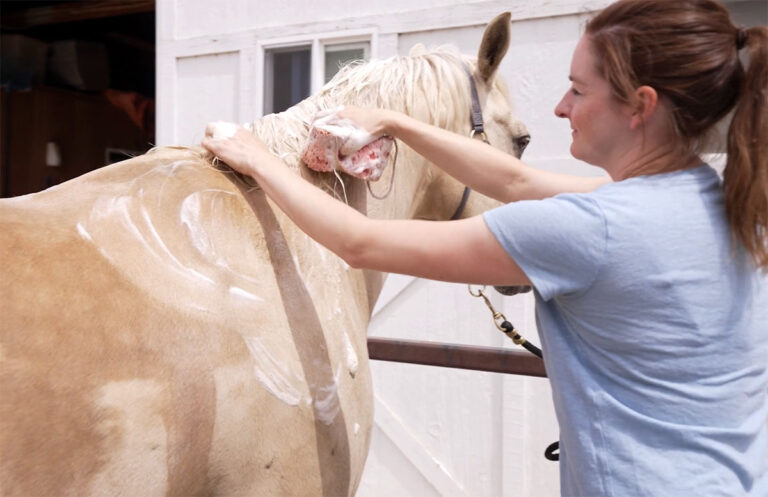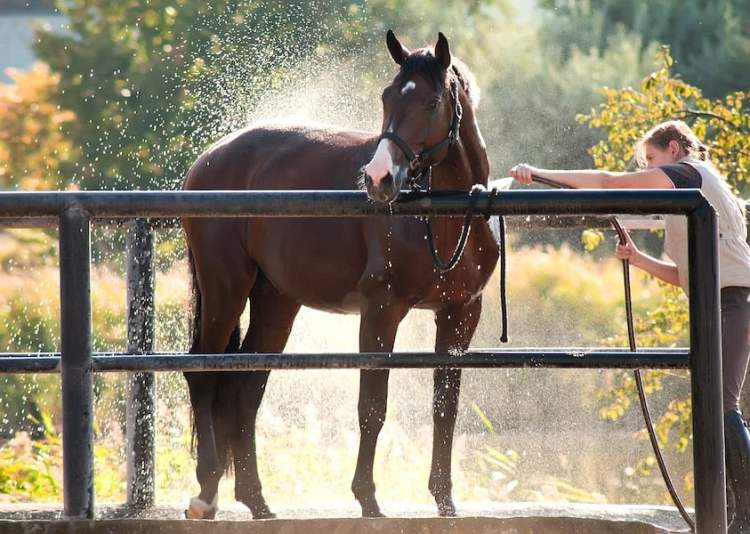Creating English saddle pads can be an enriching experience, especially for horse enthusiasts who want to add a personal touch to their riding gear. Crafting these essential riding accessories not only saves money but also ensures your horse’s comfort and your own satisfaction. Understanding how to make English saddle pads gives you control over the materials, design, and fit.

Understanding the Basics
Before diving into the process of actually making a saddle pad, its important to understand their purpose and the types available. English saddle pads are designed to protect the horse’s back, absorb sweat, and provide cushioning beneath the saddle.
Types of English Saddle Pads
- All-Purpose Pads: Used for general riding.
- Dressage Pads: Longer to accommodate a dressage saddle.
- Jumping Pads: Shorter for close-contact saddles.
Materials Needed
To create your own saddle pad, you will need the following materials:
- Cotton fabric for the lining
- Quilt batting for padding
- Bias tape for edging
- Thread matching your fabric
- Velcro for fastening
Choosing the Right Fabric
Selecting the right fabric is crucial to creating durable and comfortable saddle pads. Cotton is a preferred choice because of its breathability and softness.
Measurements and Patterns
Before you start cutting, ensure you have accurate measurements. You can use an existing pad’s dimensions or create your own pattern based on the saddle’s size.
Creating the Pattern
Create a template using newspaper or pattern paper. Trace the saddle’s shape, adding an inch around the edges for seam allowance.
Assembly Process
Heres a step-by-step guide on assembling your saddle pad:
Step 1: Cutting the Fabric
Cut the top and bottom fabric pieces using your pattern. Similarly, cut the quilt batting.
Step 2: Layering
Lay the bottom fabric with the right side down, then place the batting, and finally the top fabric with the right side up.
Step 3: Quilting
Quilt through all layers by sewing in a diamond pattern to keep the batting in place.
Step 4: Edging
Attach the bias tape around the edges to give it a finished look and firm structure.
Sewing Techniques
Utilizing proper sewing techniques ensures durability and aesthetics. Double stitching, particularly around the edges, can prevent wear and tear.
Adding Fasteners
Attach Velcro strips for fastening under the saddle. This keeps the pad securely in place during rides.
Testing for Fit and Comfort
After completing the pad, test it for fit on your horse. Ensure it doesnt bunch up and provides adequate coverage under the saddle.
Care and Maintenance
To maintain your saddle pads longevity, regular cleaning is essential. Machine washing with a gentle detergent will keep it fresh and free of odors.

FAQs
Why is cotton preferred for saddle pads? Cotton is breathable, soft, and prevents irritation.
Can I use a sewing machine? Yes, a standard sewing machine works well for saddle pads.
How often should I wash the pad? After 5-6 uses or whenever it’s visibly soiled.
Building a custom English saddle pad can greatly enhance your riding experience. If you’re keen on learning more about horse-related gear and care, [How to Measure Stirrup Leathers](https://ofhorse.com/how-to-measure-what-size-stirrup-leathers-you-need/) from OfHorse is a fantastic resource. For information on when to blanket a horse, visit [When to Blanket a Horse](https://ofhorse.com/when-to-blanket-a-horse/).








